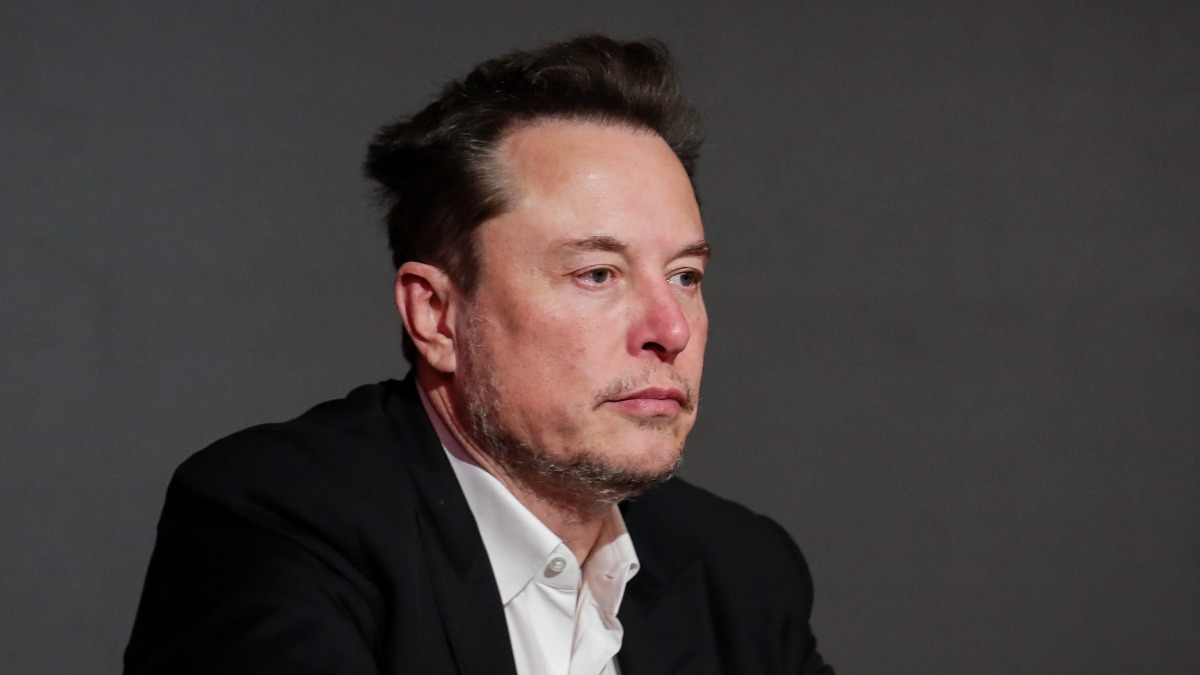New Delhi: According to a recent report, the electric vehicle (EV) market in India is predicted to continue its growth trajectory for the rest of the decade. The report suggests that two and three-wheelers are expected to dominate the market in the near future. Moreover, once all vehicle segments show significant ownership savings over vehicles powered by internal combustion engines, EV adoption is expected to see an inflexion point.
The report highlights that the shift to EVs is no longer a matter of if but when. It is expected that exponential growth in adoption levels will occur in the future, thanks to developing infrastructure, government incentives, and the launch of new EV models. Technology is also at the forefront of the EV revolution, and the shift from internal combustion engines to EVs has led to an increase in the electronics content from 16% to 55% in a vehicle. This trend is expected to continue, with many of these technologies becoming standard offerings in the future.
Climate change has become a collective global issue in the last 20 years, and the concerns are only increasing. The transport sector, which is a significant contributor to carbon emissions, is a standout sector in this regard. Over the past few years, the Indian government has drafted policies and plans such as the FAME scheme, which aims to achieve 30% EV sales penetration for cars, 70% for commercial vehicles and 40% for buses, as well as 80% for two- and three-wheelers by 2030. These policies and plans are expected to accelerate the adoption of EVs in India.
The report also highlights that the shift to EVs will bring significant cost savings for consumers in the long run. EVs are cheaper to operate and maintain than traditional vehicles, and this will be a significant factor in driving adoption. The report notes that EV adoption is expected to see an inflexion point once all vehicle segments show significant ownership savings over vehicles powered by internal combustion engines.
In conclusion, the growth in EV sales in India is expected to continue for the rest of the decade, with two and three-wheelers leading the way. The report notes that the shift to EVs is inevitable, and with the right infrastructure, policies, and incentives, the adoption of EVs will accelerate. The cost savings offered by EVs will also be a crucial factor in driving adoption.










